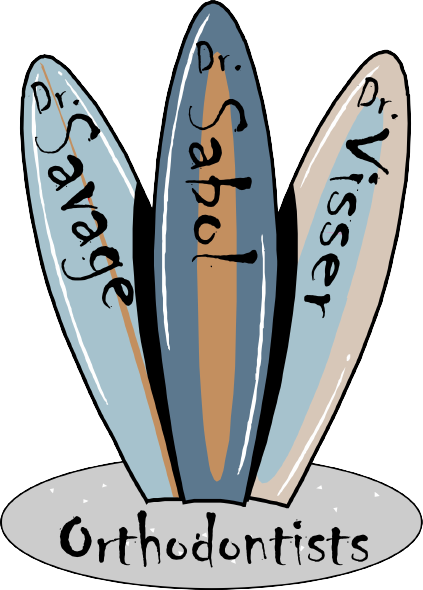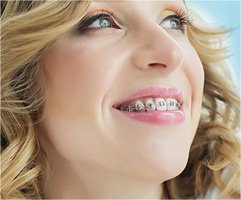 Also known as “Tooth Cavities” or “Caries”, tooth decay refers to holes found in teeth. According to the National Institutes of Health, cavities are the second most common health disorder in the county after the common cold.
Also known as “Tooth Cavities” or “Caries”, tooth decay refers to holes found in teeth. According to the National Institutes of Health, cavities are the second most common health disorder in the county after the common cold.
Causes of tooth decay
Bacteria naturally occur in the mouth and only become a problem in cases of poor oral hygiene. The bacteria combine with the food we eat and saliva to form plaque. Plaque is hardly noticeable because it’s almost invisible. It is also sticky and accumulates very quickly. Sugar-rich foods make the plaque even stickier causing it to stay on the teeth longer. When plaque stays on teeth for more than a few days it hardens to form a yellowish substance called tartar.
Streptococcus sobrinus and Streptococcus mutans (two types of bacteria found in plaque and tartar) can combine with carbohydrates such as glucose, fructose, and sucrose to produce acid. This acid then de-mineralizes (dissolves) the hard part of the tooth, eventually causing a soft spot or hole in the tooth called a cavity.
The acid will work its way even deeper into the next layer of the teeth called the dentin causing bigger holes. Tooth decay occurs most often where plaque is most commonly found such as between the teeth, on molars, and along gum lines.
Orthodontics and tooth decay
Teeth on the upper and lower jaws should fit together neatly. Sometimes complications resulting from the inability of these two sets of teeth to fit properly may also lead to a series of dental problems resulting in tooth decay.
Other common causes of tooth decay include; Dry Mouth, Anorexia Nervosa, and Sjogren ’s syndrome.
Who is at risk?
Cavities mostly occur in children and young adults though anyone is at risk. It is a common cause of tooth loss in young people.
Other groups at an increased risk of tooth decay include:
• People with diabetes
• People undergoing radiation therapy
• People who use tobacco
• Drug and alcohol users
• People with medical conditions that cause reduced saliva flow
• People living in areas with non-fluoridated drinking water
• Senior citizens irrespective of socio-economic status
• Adults and children from lower income families
• Children and adults who consume large amounts of sugar and carbonated sugar drinks
Symptoms
There are very few symptoms of tooth decay, if any. That’s why it’s important to visit the dentist regularly.
However, you should still look out for the following symptoms:
• Chalky, white, or discolored spots on the teeth
• Sensitivity to cold
• Bad taste in the mouth
• Bad breath
• Sharp pain when chewing
• Fracturing – if the cavity is significant in size, it may cause part of the tooth to break off
Treatment
You can successfully prevent tooth decay through routine dental hygiene visits and a change of diet. However, in the unfortunate event that you get a cavity, you need to see the dentist immediately.
Treatment options include fillings, crowns, and root canals.
• Fillings involve removing the decayed tooth material and replacing it with gold, silver, porcelain or composite resin.
• Crowns are commonly used to fix large cavities. The decayed or weakened part of the tooth is removed and a crown fitted over the remaining tooth.
• Root canals are done where the tooth nerve is dead. The decayed portion together with the center of the tooth and the pulp is removed and the area filled with crown.
Summary
Tooth decay is a serious issue that must be addressed. When orthodontic care is necessary to correct tooth and jaw alignment problems to improve appearance and prevent decay, contact Drs. Savage, Sabol & Visser for a complimentary orthodontic examination.













